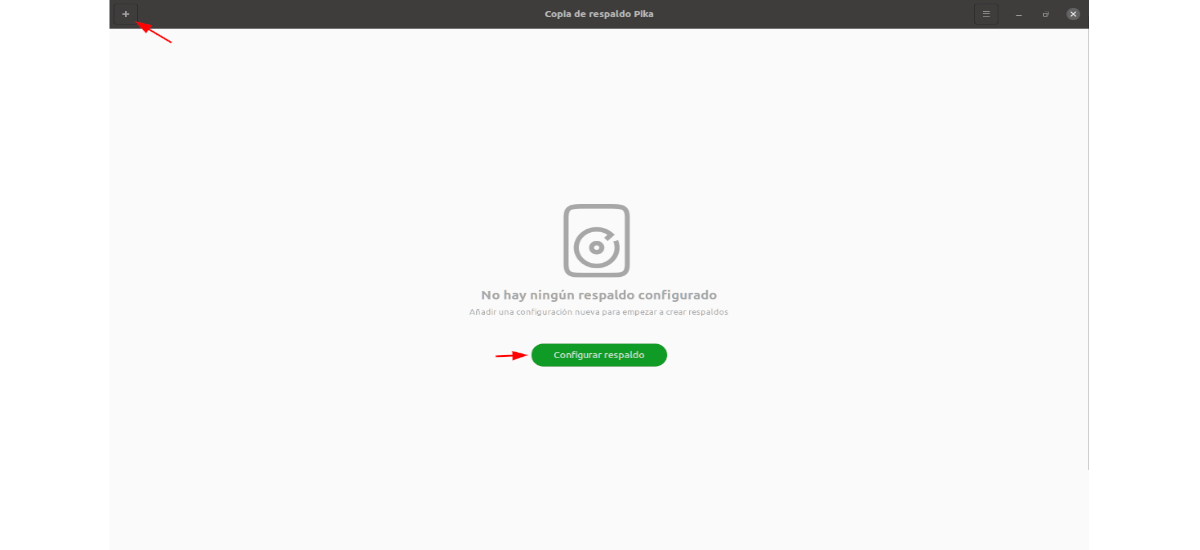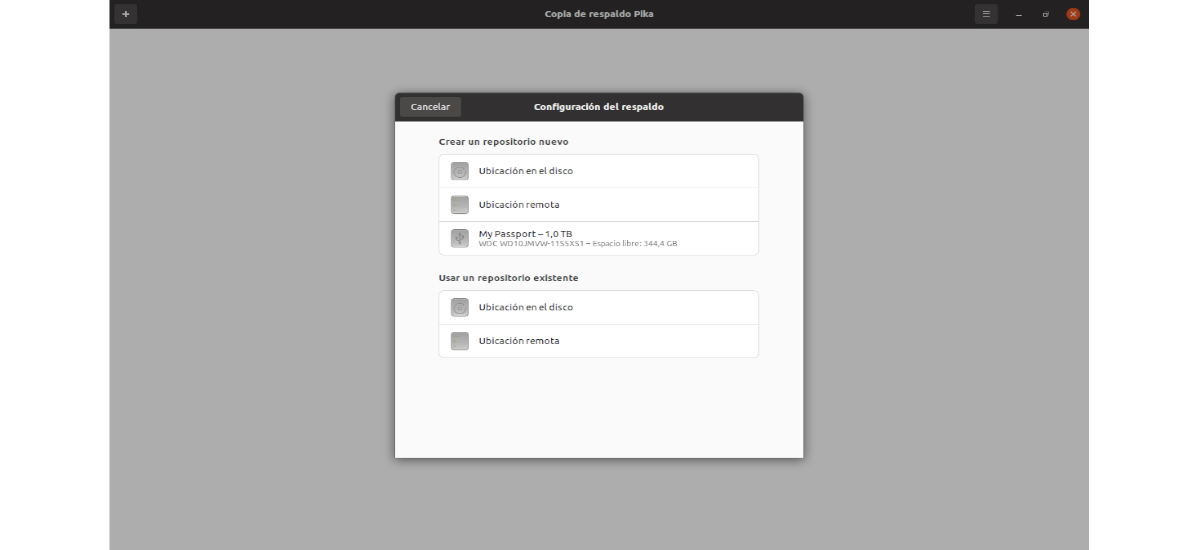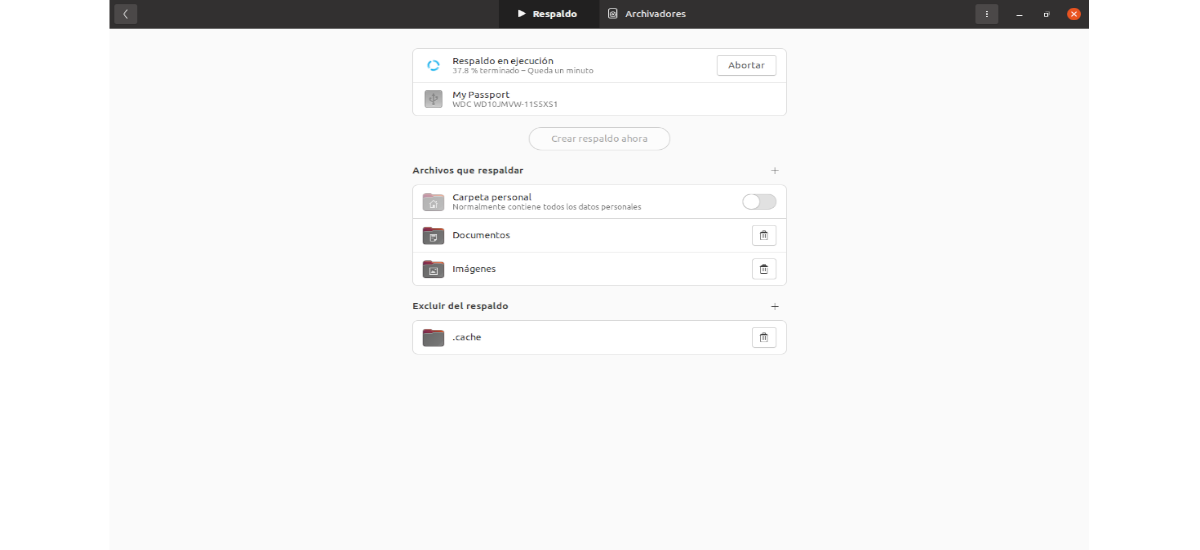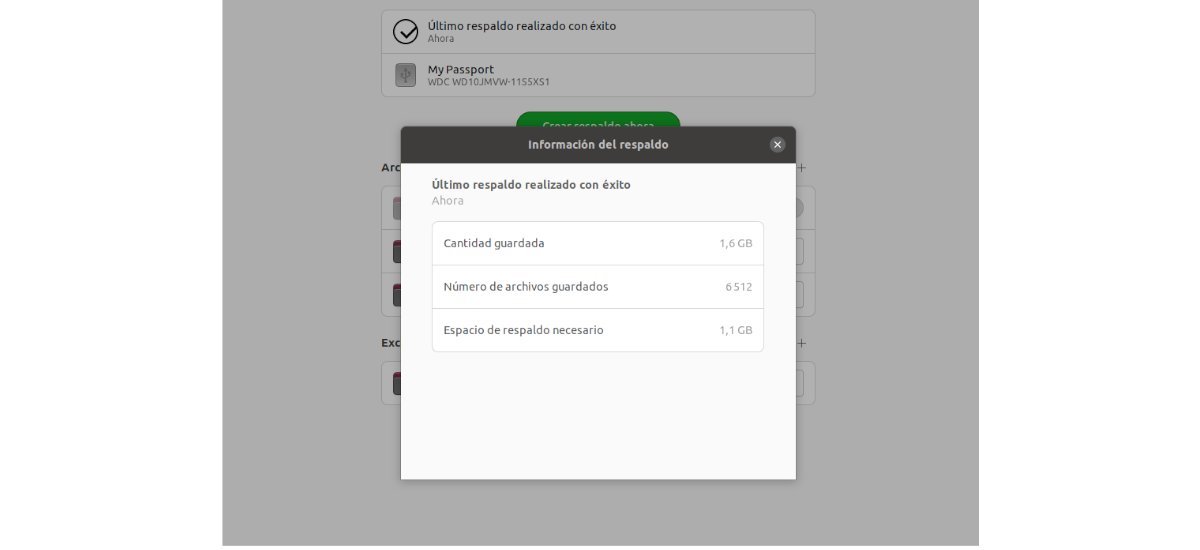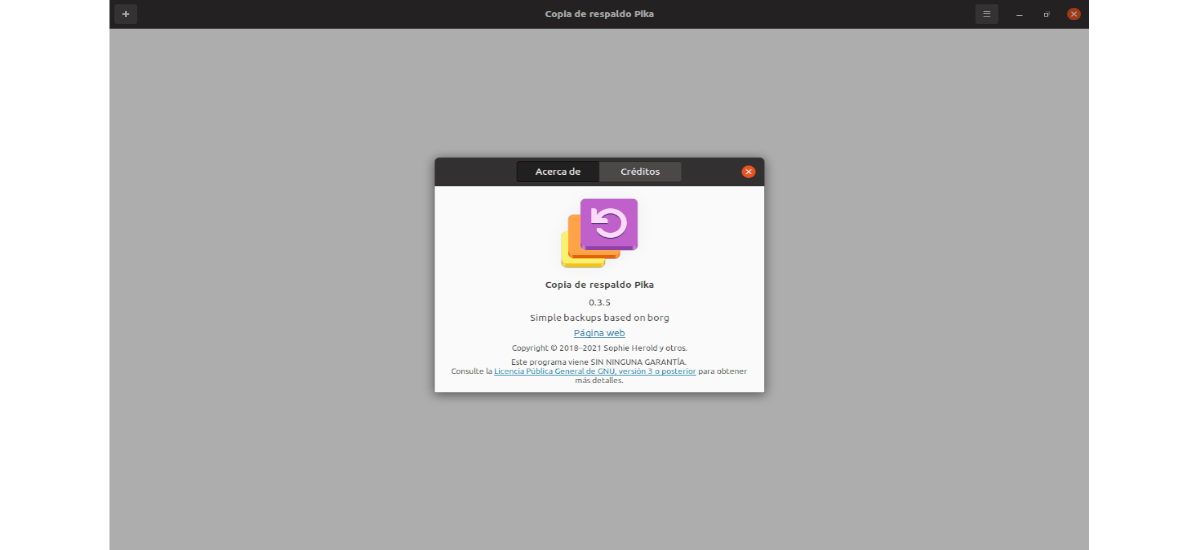
In the next article we are going to take a look at Pika Backup. This program can be useful when it comes to perform the Backup of personal data of the user. It is a simple GNOME application, which also has a clean user interface. The utility is based on Borg Backup, and features a data mirroring technique to save time and disk space.
Pika Backup is a free open source tool, with which we can save our personal data on a local disk or on a remote server. It has an adaptable GTK3 user interface design that can be resized, working well on different screen sizes and devices.
General characteristics of Pika Backup
- We can set up new backup repositories or use existing ones.
- It will give us the possibility of create backups locally and remotely.
- The program saves time and disk space, this is because Pika Backup does not need to copy known data again.
- We will be able encrypt our backups.
- Can show created files and browse their content.
- It will also give us the possibility of recover files or folders via file browser.
These are just some of its features. They can consult all of them in detail from the repository in GitLab.
Install Pika Backup on Ubuntu
The Pika Backup software is available for most Gnu / Linux distributions through the package Flatpak.
If you still do not have this technology installed on your computer, you can open a terminal (Ctrl + Alt + T) and install flatpak daemon running the command:
sudo apt install flatpak
Next you need add the flathub repository:
flatpak remote-add --if-not-exists flathub https://flathub.org/repo/flathub.flatpakrepo
If you use Ubuntu 20.04, you can continue The Guide on how to enable Flatpak that a colleague wrote a while ago on this blog.
At this point, and after restarting the session, we can install this backup utility using command:
flatpak install flathub org.gnome.World.PikaBackup
As with most applications, we can find the launcher of this program in our team. In addition, the program can also be launched by typing in the terminal (Ctrl + Alt + T) with the command:
flatpak run org.gnome.World.PikaBackup
Uninstall Pika Backup
For remove this software from the system, we will only need to open a terminal (Ctrl + Alt + T) and execute in it:
flatpak uninstall --delete-data org.gnome.World.PikaBackup
A quick look at the program
The application starts with a clean user interface displaying a button 'Configure backup'to start creating our repository in which to store our backups. The icon '+'in the upper left will do the same job.
Our data can be saved on a remote server via file transfer 'ssh'specifying the URL. For this, you need to install borg on the server side. If you prefer to use 'sftp', you can use it without borg.
The data can also be save to a local folder or removable media. This action will create a folder in the selected directory or device and save the backup, which can be encrypted or not.
After creating / choosing the backup repository, it will take us to the file selection screen. There you can choose any file folder for backup. When we select the data, all that remains is to click on the green button 'Create backup now' to start. The screen will show us the process with the percentage completed and the time remaining.
After the backup, we can view backup information, as you can see in the previous screenshot.
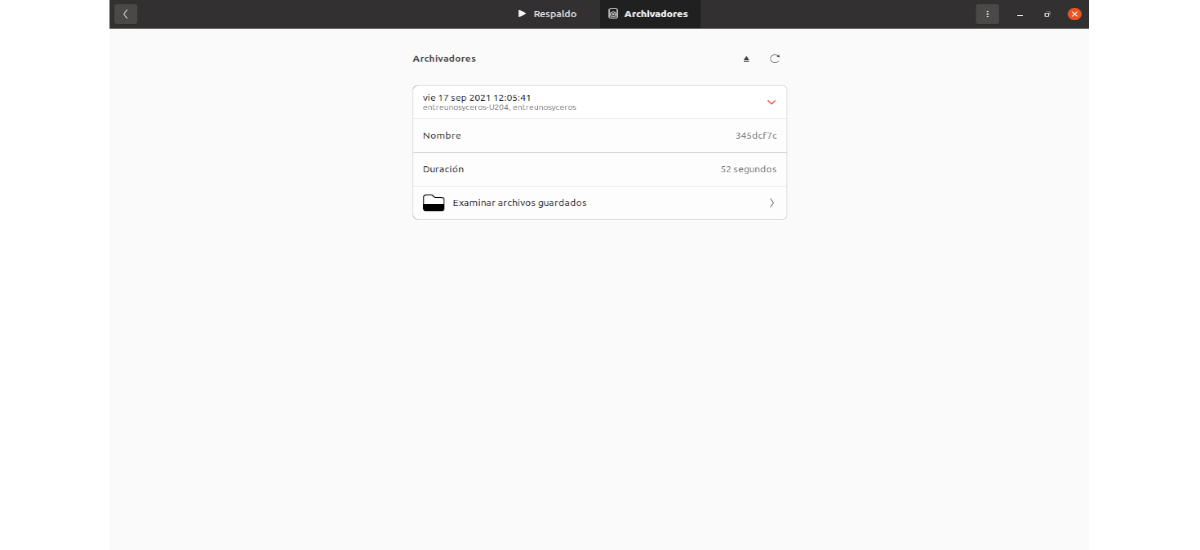
Backups are stored in unreadable files in the repositories. To access them, it will be necessary open the Pika Backup tool to mount backups using the option 'Browse saved files'in the Archives tab. Then we can recover files or folders through the open file manager, using copy and paste actions. This is perhaps the most confusing part of the program, as there is no recovery option present.
Program limitations
Currently, scheduled backups are not supported by the program. Excluding files from a backup using regular expressions and the like is also not present. It is also necessary to clarify that Pika Backup is designed to save personal data, and does not support full system recovery.
With this software to make backup copies, it can be done easily. All you need to do is connect a USB drive and let Pika do the rest. It can learn more about this program in the gitlab repository of the project.



